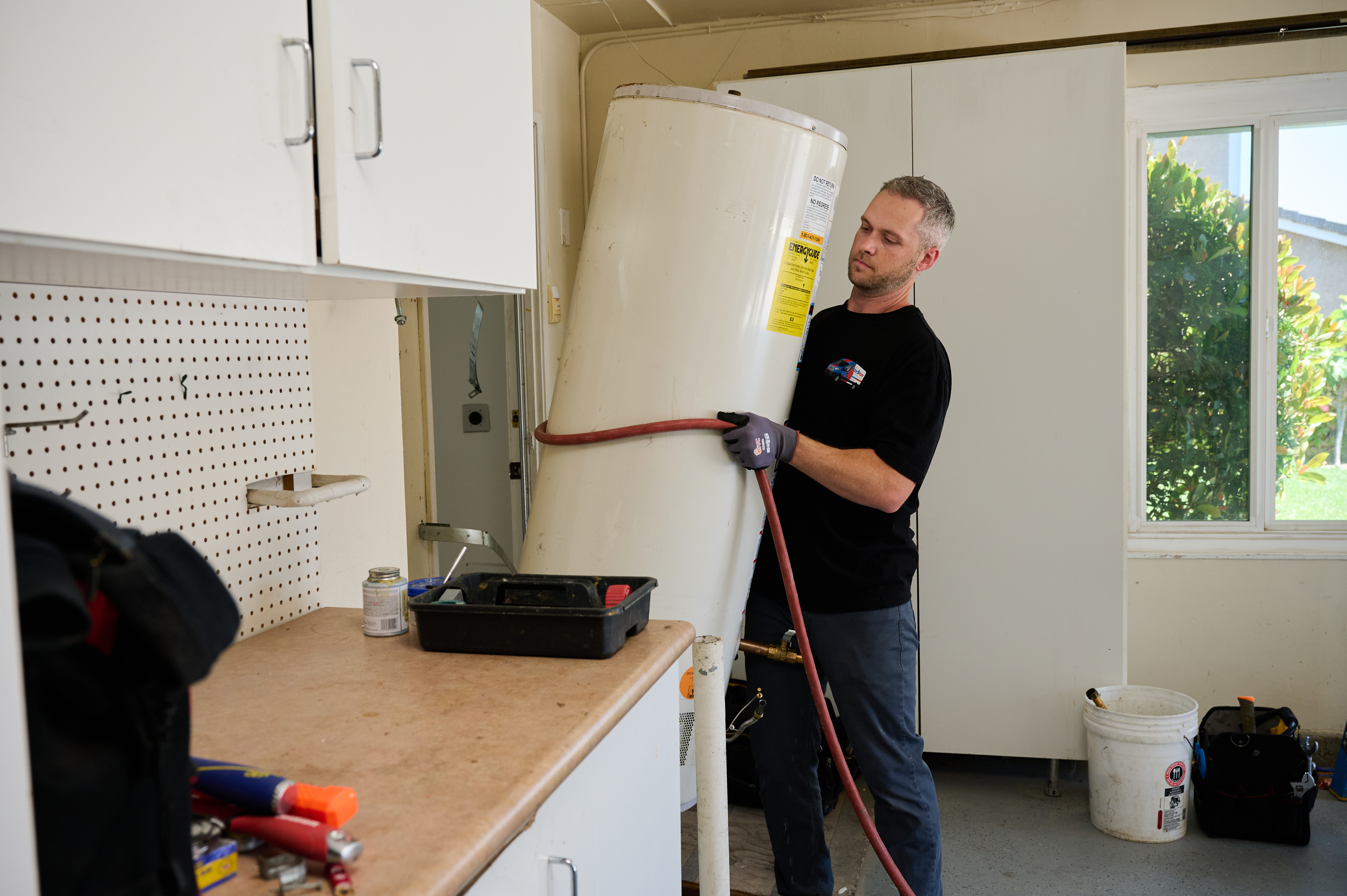
Looking to replace or upgrade your water heater? Use this water heater replacement cost guide to see what the work will cost and what factors affect your total.
Here's why your water heater's draining capabilities have cooled down


You should always disconnect your water heater from electrical and water sources before attempting to troubleshoot or perform repairs.
Clogs from sediment and debris can cause water heaters to drain slowly.
Draining a water heater is often the simplest way to stop slow draining.
However, the cause of a slow-draining water heater could also be a broken valve or faulty plumbing connection.
The average water heater repair cost is between $221 and $980.
If you've noticed decreased water temperature, odd noises, rust-colored water, or that your hot water tank is slow to refill, these are signs that your water heater isn't draining properly. Whether it’s a clogged drain valve, a broken pressure relief valve, old age, or another cause, you’ll want a pro to take a look. However, getting an idea of why your water heater is having draining issues can help them narrow in on the issue. Here are the six main reasons your water heater isn’t draining.
If you're going to investigate why your water heater isn't draining, turn off the power and water supply first. Touching your water heater's parts without first doing this could result in electrocution, and you could also put your home at risk for fire or flooding. Additionally, it's important to wear rubber gloves and protective eyewear.
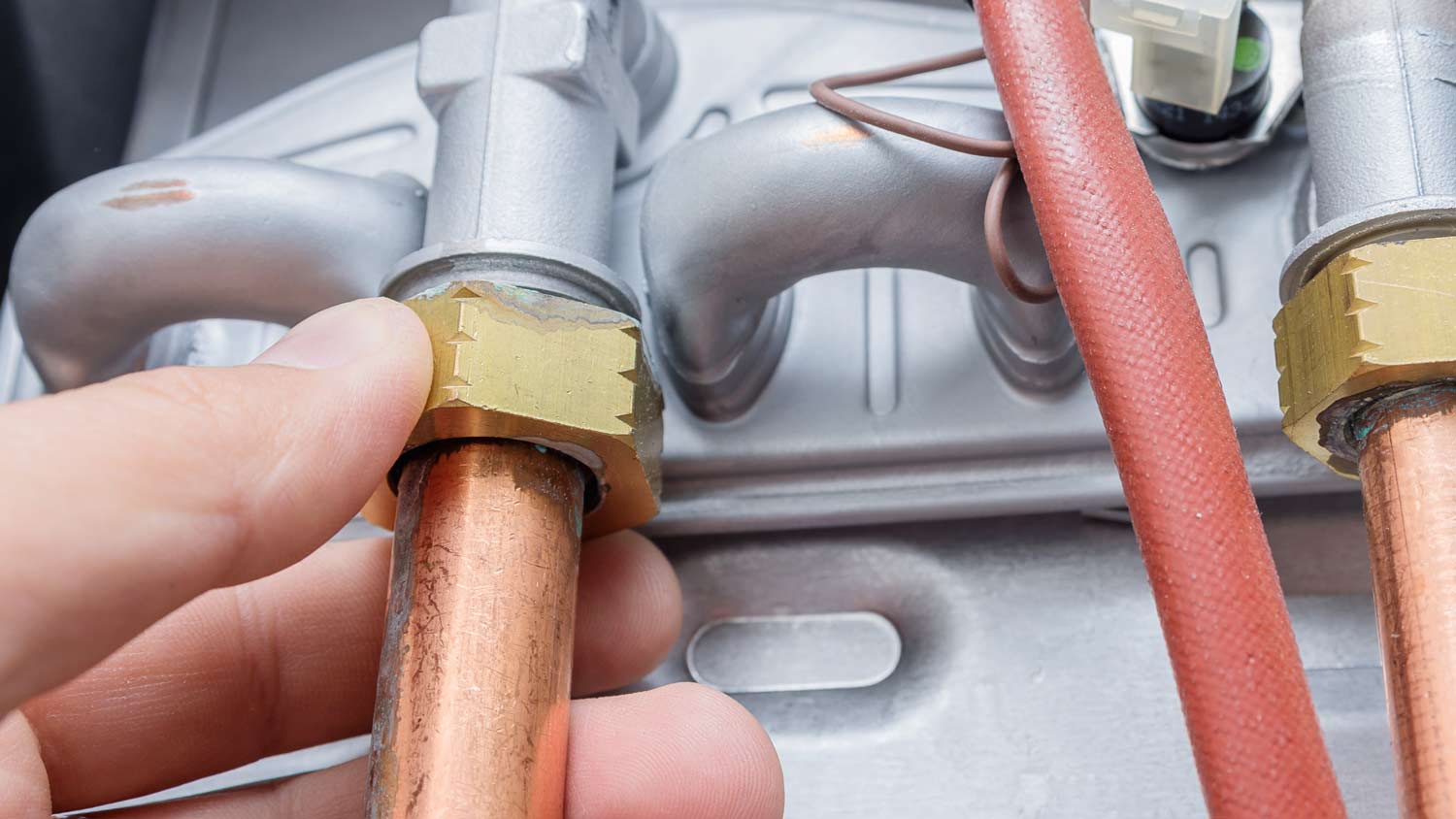
Clogging is the most common reason for water heater not draining. It's easy for sediment and debris to accumulate in the drain valve. When this happens, the flow of water through the drain will slow down. If the issue isn't caught with routine maintenance, the flow may eventually become completely stagnant.
If your water heater isn't draining because of a clog, you'll need to have the unit flushed. You may also need to replace the drain valve to prevent the problem from happening again. Additionally, you should consider installing a sediment filter in your hot water lines to separate debris before it can reach the tank.
Your water heater's dip tube directs incoming cold water to the bottom of the tank for heating. This small plastic tube is attached to the water heater's inlet. The most common sign that you have a faulty dip tube is a sudden decrease in the availability of hot water. A broken or faulty tube will also slow down drainage.
While dip tubes can last for many years, they do break down from exposure to constant changes in water temperature. The minerals in your water could also be wearing down the tube. A faulty dip tube needs to be replaced.
The pressure relief valve on your water heater is a safety feature that stops the tank from bursting or leaking by releasing temperature and pressure. If you call a plumber to troubleshoot a water heater not draining, you may hear them simply call it the T&P valve. If you're trying to find the pressure relief valve on your own, you'll find it attached to the discharge pipe that extends downward from your unit.
Don't expect an easy fix for this one. A broken pressure relief valve can actually cause an explosion risk at your home. Top signs your water heater is going to explode include:
You notice the smell of rotten eggs in our home.
Your temperature relief valve is leaking.
Your T&P valve is constantly open.
There's brown water coming from your faucets.
With so much at stake, you'll want to contact a pro to take a look if you suspect a problem. In some cases, the valve can be salvaged by tightening or replacing some nuts and bolts. However, a faulty valve will need to be replaced.
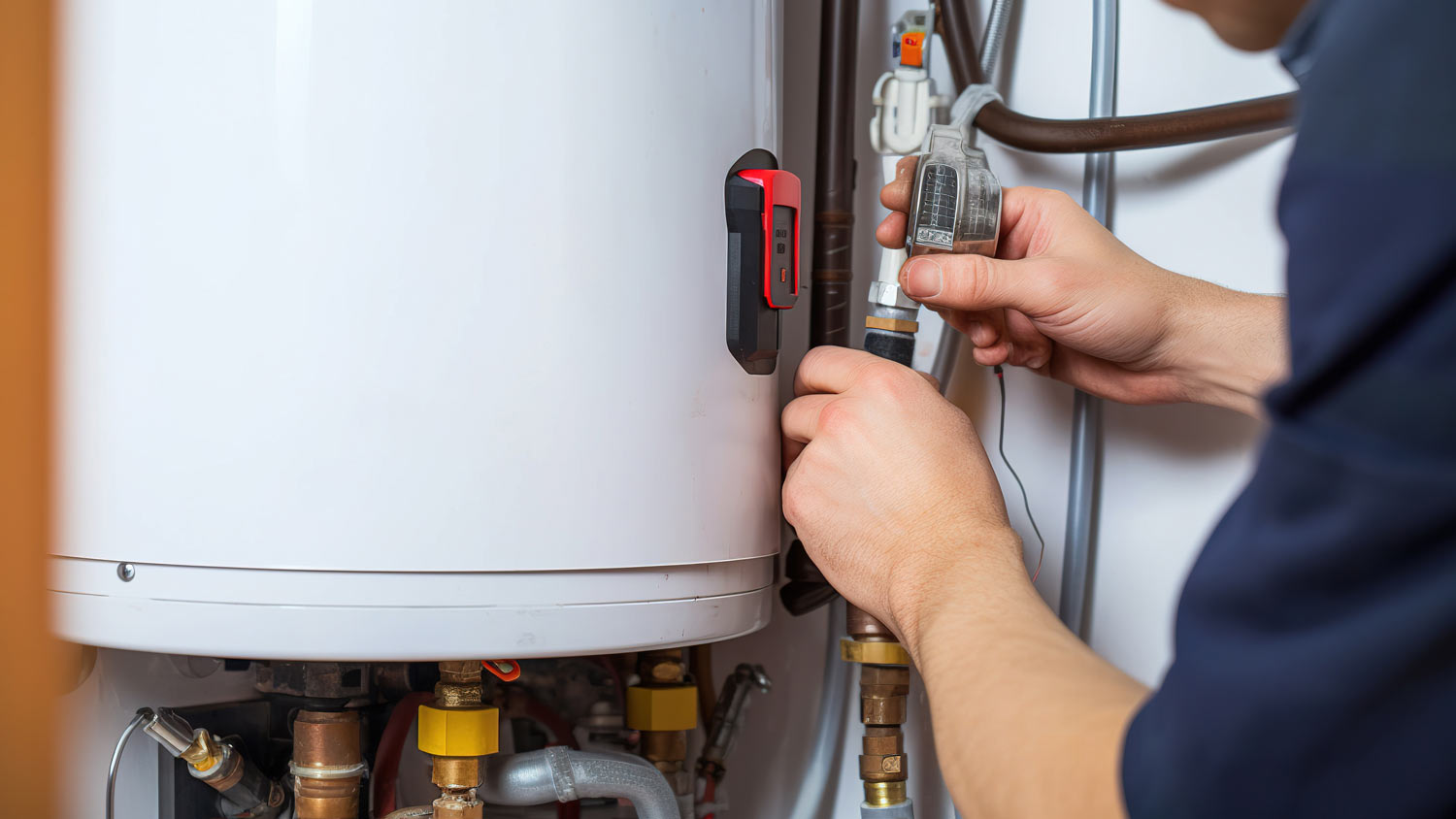
If you can't solve the problem of a water heater not draining after checking all of the unit's key parts, the problem might be beyond your water heater. Faulty plumbing connections could be preventing the water heater from working as it should.
You'll need to identify where a plumbing connection has been compromised. The first places to look are the cold water inlet, hot water inlet, and drainage pipe. If you can't find an obvious plumbing disturbance, you should bring in a plumber to inspect your plumbing connections.
If you've finished a DIY water heater installation, your poorly draining water heater could be the result of an installation mistake. Improper installation could void your manufacturer warranty. It could also lead to serious electrical or plumbing issues at your home.
Retrace your steps to see where you may have gone wrong with installation. Consult the product instructions to confirm that you followed them precisely. If you can't find the mistake, call a local licensed plumber to provide an expert opinion.
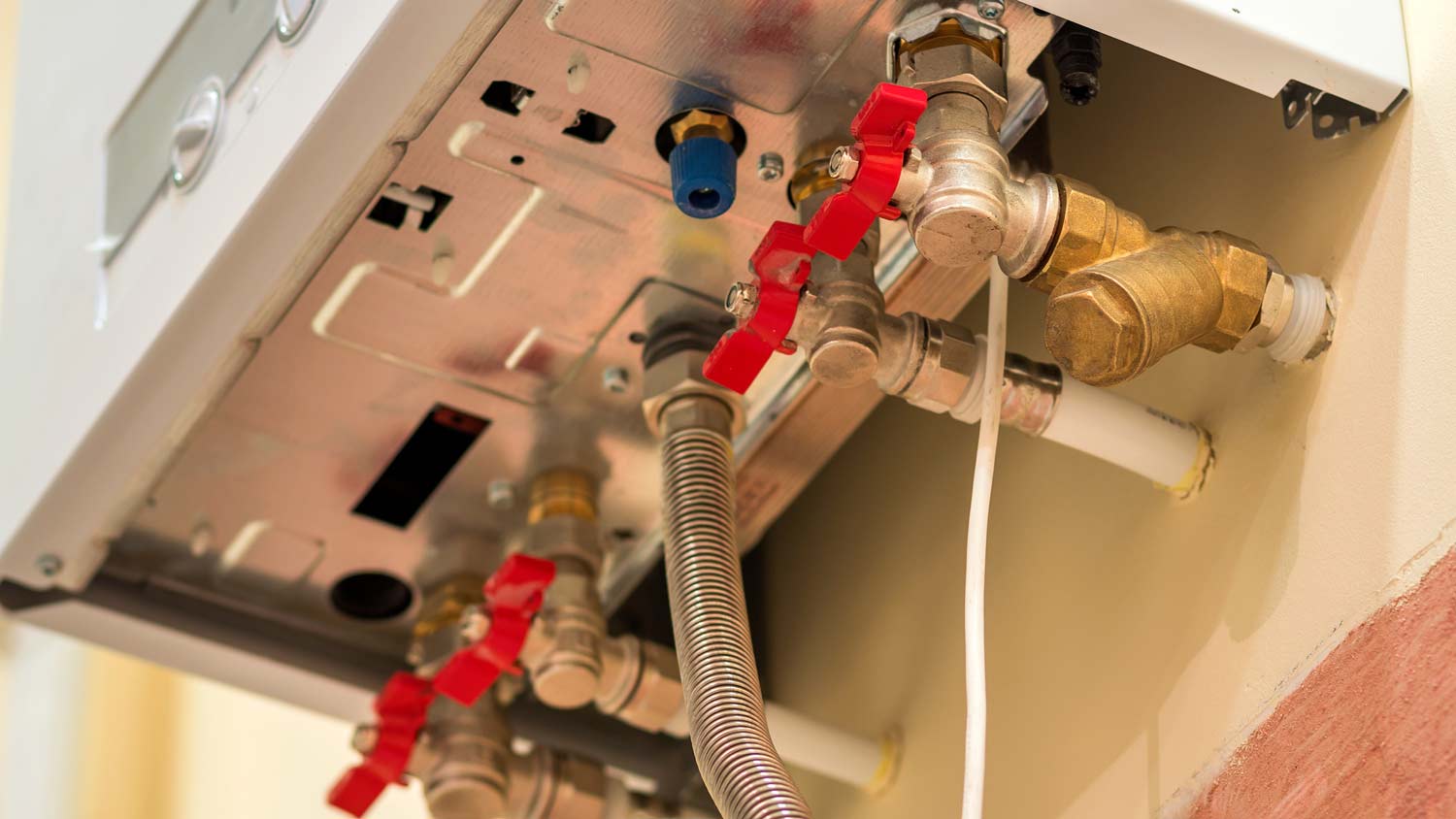
Your poor drainage could be a sign that your water heater has maxed out its lifespan. While some people can go decades without needing a replacement by performing preventative maintenance on a hot water heater, the average water heater can be expected to last eight to 12 years.
You'll need to get a new water heater installed. On average, water heater replacement cost is between $880 and $1,800. If it turns out you just need repairs, the average water heater repair cost is between $220 and $980. Getting a new water heater installed at your home will give you the chance to boost energy efficiency by choosing between a tank or tankless system. Be sure to ask a plumber about hybrid water heater pros and cons. You can also have a plumber perform plumbing upgrades during installation.
If you think a clogged drain valve is the culprit, you can drain and flush the water heater yourself if you feel comfortable doing so. Otherwise, you should call a local water heater pro to help, especially if your unit is under warranty or you notice any of the following:
Signs of a broken pressure relief valve—such as a rotten egg smell, leaking, an open T&P valve, or brown water coming from your faucets—which can cause your water heater to explode
Leaks
Broken parts
Rumbling or popping sounds
No or low water flow even after draining
Preventative maintenance on your hot water heater is the best way to keep it humming along. Show it some TLC by:
Inspecting it for leaks or other issues every one to two months
Flushing it once a year
Replacing the anode rod every 3 to 5 years
Testing the T&P valve annually
Cleaning the venting system as needed
Installing a water softener if you have hard water
The main difference between soft water and hard water is the mineral content. Hard water has higher levels of calcium and magnesium, whereas soft water has undergone a process to remove these minerals.
From average costs to expert advice, get all the answers you need to get your job done.

Looking to replace or upgrade your water heater? Use this water heater replacement cost guide to see what the work will cost and what factors affect your total.

Find out the average tankless water heater repair cost, what impacts pricing, and how to save. Get expert tips to plan your repair budget with confidence.

While solar water heater costs are a bit higher than a standard system, this energy-saving option could pay for itself in a few years. Here’s what you need to know.
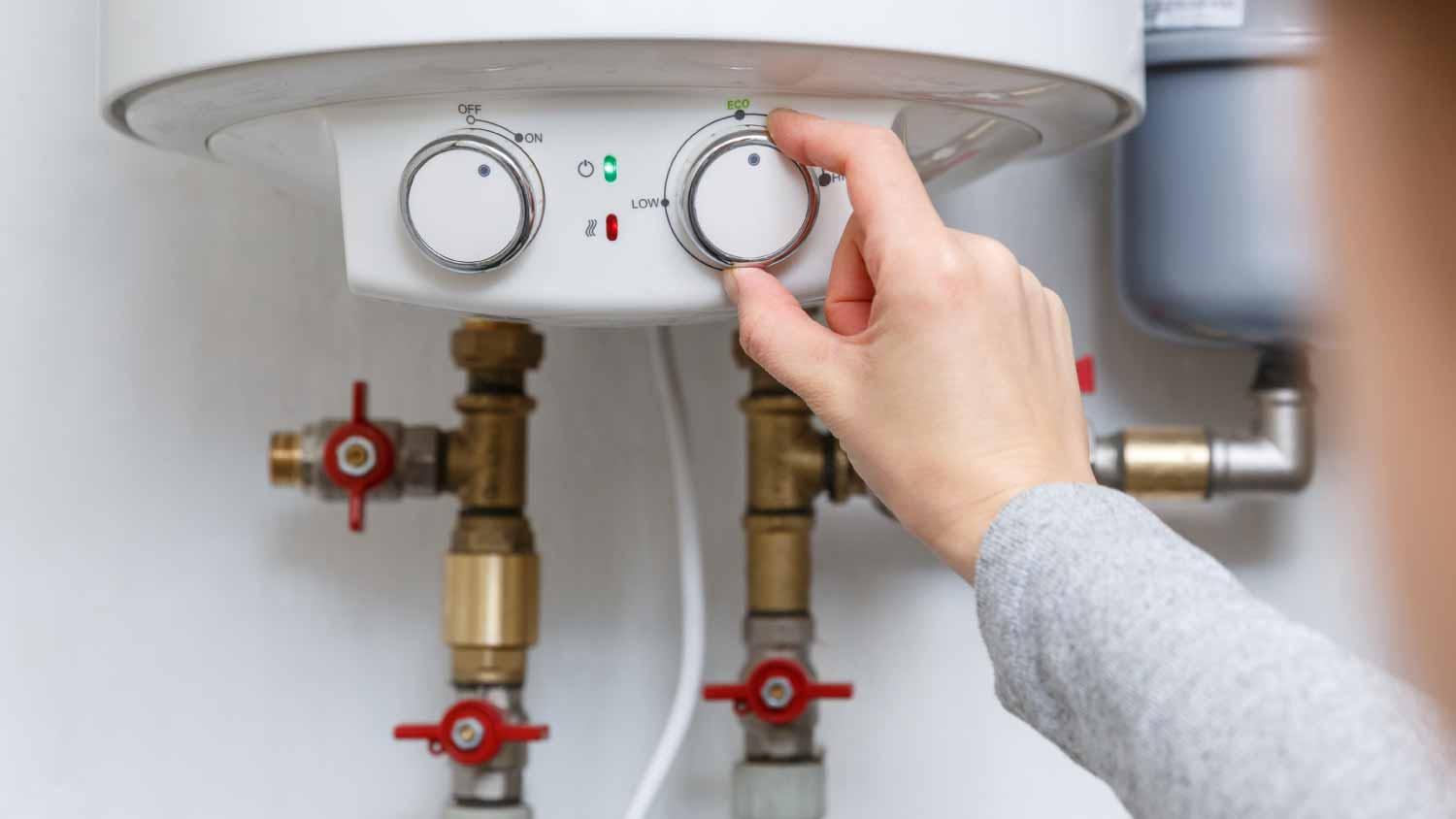
A lack of hot water can easily upset the household. Here are nine reasons why your electric hot water isn't heating and what you can do next.

Learn how many amps you'll need to have for your water heater to operate. Some homeowners will need to upgrade amperage before installing new water heaters to avoid electrical outages and fires.
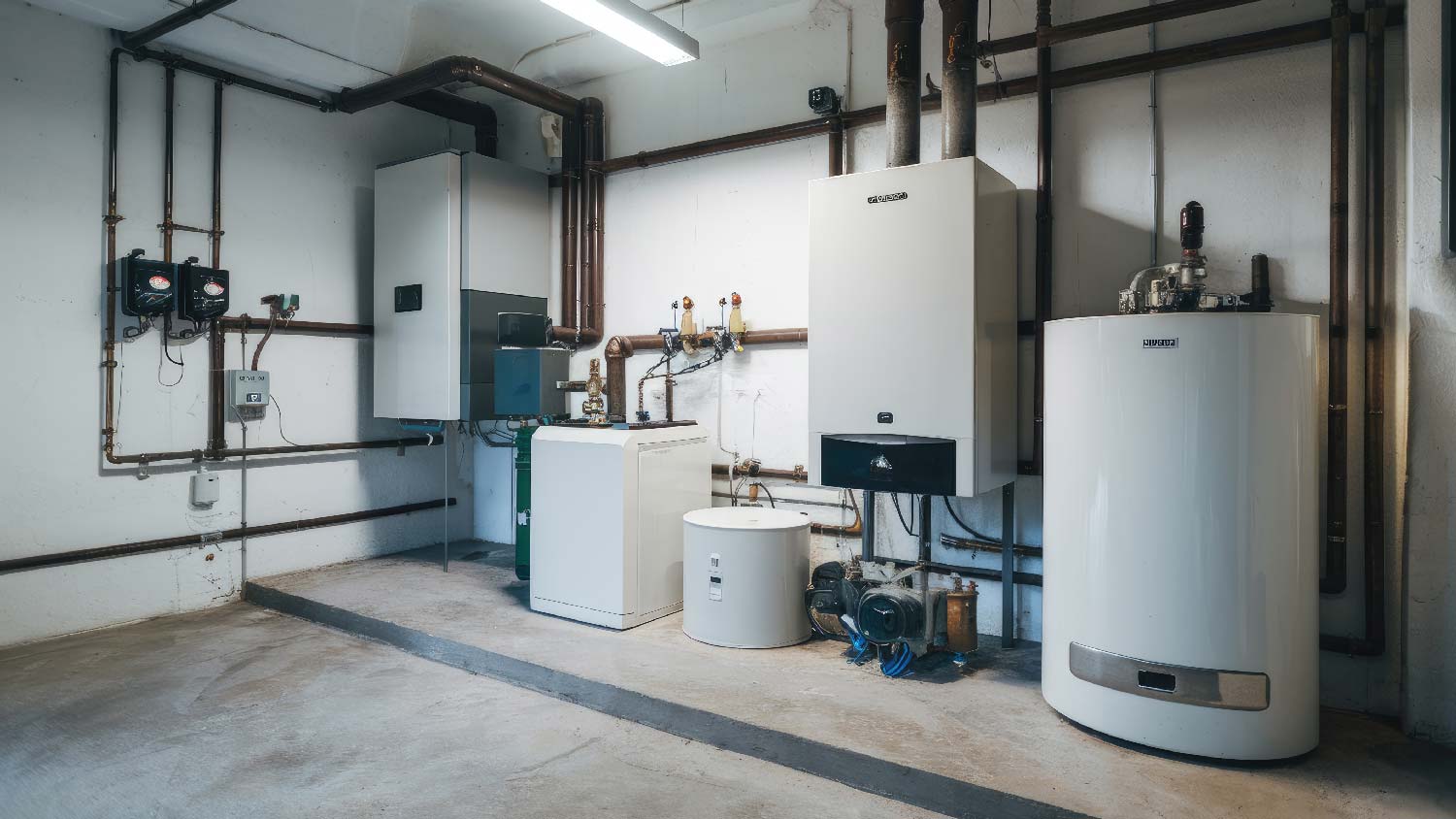
Hot water tanks heat your home’s water supply. Find out whether to choose a tankless water heater or tank unit based on cost, maintenance, efficiency, and other factors.